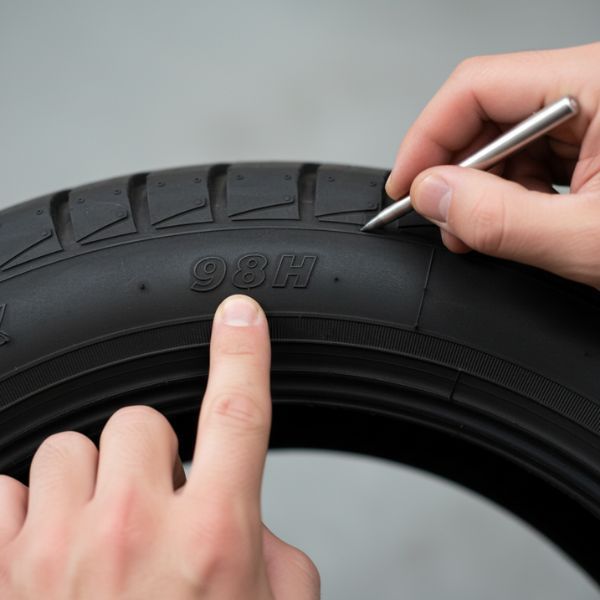Decoding Your Tires: A Simple Guide to Reading the Sidewall
Understanding the series of numbers and letters on your tire's sidewall can feel like learning a new language, but it contains vital information about your vehicle's performance and safety. This data tells you everything from the tire’s size to its age. We believe empowering our customers with this knowledge helps them make informed decisions for their vehicles.

Understanding Tire Size and Type
The most prominent set of characters, such as P225/60R16, details the tire’s fundamental specifications. The "P" indicates it's for a passenger vehicle, "225" is the width in millimeters, "60" is the aspect ratio of the sidewall height to the width, "R" means it's a radial tire, and "16" is the wheel diameter in inches.

Finding the Load Index and Speed Rating
Following the size code, you'll see a number and a letter, like 98H. The number, "98," is the load index, which corresponds to the maximum weight the tire can support when properly inflated. The letter, "H," is the speed rating, indicating the maximum speed the tire can safely sustain over time.

Identifying Construction and Performance Ratings
Beyond the main codes, you'll find details about the tire's construction and performance, known as the Uniform Tire Quality Grading (UTQG) standards. These ratings cover treadwear, which provides a comparative wear rating; traction (AA, A, B, C); and temperature resistance (A, B, C), which are crucial for performance and longevity.

Checking the Tire’s Manufacturing Date
The DOT (Department of Transportation) code is a string of characters ending in a four-digit number. This final set of numbers reveals the manufacturing date. For example, "3523" means the tire was made in the 35th week of 2023. This is critical, as tire performance and safety diminish with age.
Knowing how to read your tires empowers you to be a safer, more informed vehicle owner. Understanding these codes helps you ensure you have the right fit and know when it’s time for a replacement. If you have any questions or need a professional eye, the expert team at our Pueblo tire center is here to help. At Colorado Tire, we’re committed to keeping you safe on the road.
New Paragraph







